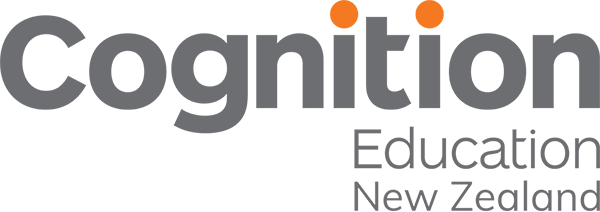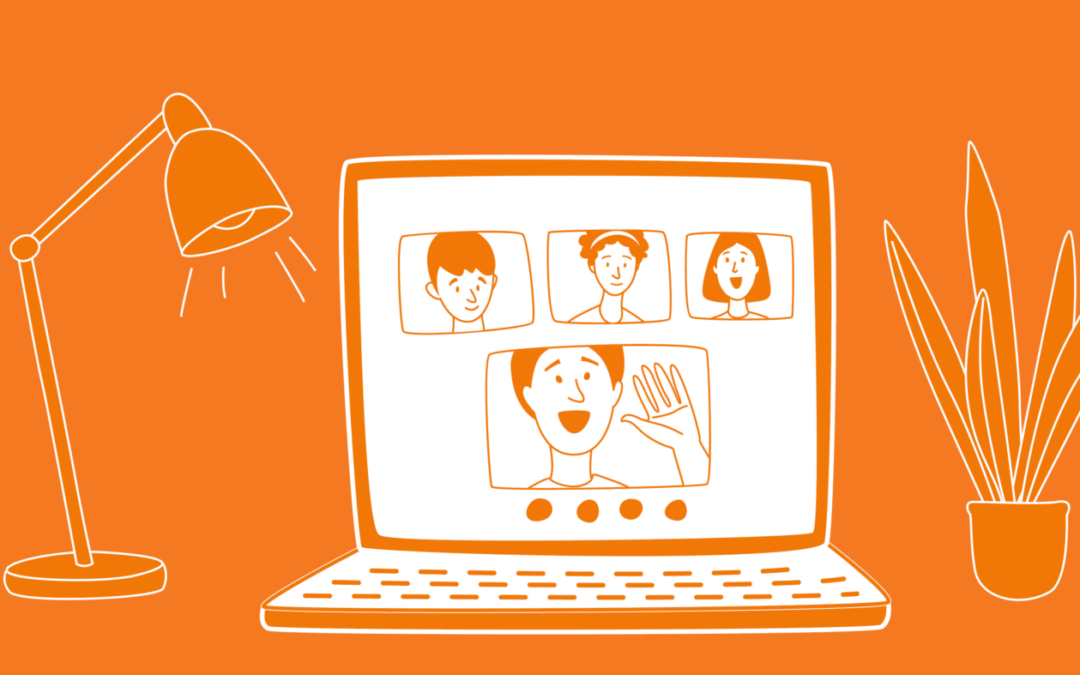Since we heard about the work of Piaget and Vygotsky in the 1970’s there has been a focus on the influence of relationships and culture on learning. Yet do we all understand exactly what we mean by good relationships? Sure, we do, you say; we can all remember how that teacher made us feel in primary school, even now.
The direct impact of relationships on learning outcomes is one of the key findings by Emeritus Professor Russell Bishop. Developing a better understanding of how teachers and leaders can create relationships that will support all learners to learn is one of the main goals of the Relationships First Professional Development programme.
Many teachers involved with Relationships First initially tell us they know how important relationships are. The watershed moment often comes, however, when leaders and teachers begin to work within the framework of the Relationships-based Leaders of Learning Profile (RBLLP) and suddenly, they can explain how they create relationships with learners.
The RbLLP (Bishop, 2017) is a set of principles designed to provide guidance around the practices that are most effective for indigenous and marginalised learners. The RbLLP arose from Russell Bishop’s research into Māori students’ experiences of education in NZ. The RbLLP is made up of three parts: Relationships, Interactions and Monitoring impact. It is the first of these three parts that we will dive into here.
Each dimension within Part 1 of the RbLLP is just as important now, via distance learning during the COVID-19 education system, as it ever has been. In fact, John Hattie (2020) suggests that Learning From Home has the potential to increase the achievement gap for indigenous and marginalised learners; one of the benefits of schooling is reducing “the inequities in home resources, skills and opportunities” (p.3).
We know that educators who bring the RbLLP to life as part of who they are and what they do in their classrooms are the ones who are having the greatest impact on reducing educational disparity and improving student achievement outcomes (Bishop, 2017). Here are some tips on how to apply the Principles from Part 1 of the RbLLP this week, as teachers around the country teach from the comfort of their own homes, to the homes of their students.
Part 1: Creating a family-like context for learning
Whakawhanaungatanga is the first part of the RbLLP. This is because Relationships are fundamental to being able to interact in ways that we know promote learning (Bishop, Ladwig, & Berryman, 2014). Russell Bishop (2019) describes the metaphoric extended family as being “an excellent location for communication, for shared decision making and problem solving, for constructing shared understandings and meanings within a context that provided support and nurturing for all involved” (p.4). Doesn’t that sound like exactly what we all need right now?!
Dimension 1: Rejecting deficit explanations for learners’ learning – thinking and acting in an agentic manner
There are going to be barriers and hurdles to effective Learning From Home. This is to be expected. Try not to fall into the trap of using these speed bumps as excuses for difficulties that learners may be having with their learning. Don’t let yourself see deficiencies in your students, or their parents and whanau, or their circumstances during COVID-19, or their lack of internet access or motivation for schoolwork. Instead, focus on their potentialities, focus on solving problems as they arise, and focus on continuing to value every single learner for who they are and what they bring.
You could also consider reaching out in other ways to those families who are off-line. I know some teachers who have done letterbox drops to their local students’ homes (while maintaining physical distancing, of course). Go more than half-way to include those students who are at risk of feeling marginalised. Encourage students to send uplifting messages to each other, especially learners who may be struggling.
“They may forget what you said — but they will never forget how you made them feel.”
Carl W. Buehner
Dimension 2: Caring for and nurturing the learner
The situation we find ourselves in today is a new experience for every New Zealander. There is no answer sheet for us about how to deal with these circumstances. When in doubt, follow Jacinda’s advice; be kind! Understand that Learning from Home is not going to be everybody’s highest priority right now, and that’s okay. Nigel Latta said so.
Now is the time for empathy and compassion. Now is the time for respect. You can show your learners you care about them and their learning by listening better. Ask them to share their experiences of being in lockdown and talk about what they have learnt from the other people in their bubble. Let them know you like interacting with them. It’s okay to have a sense of humour. What about a joke of the day, or – if appropriate for your age group – share some of the best/funniest memes going around at the moment? This can also be an opportunity to let students share feelings about Learning from Home and COVID-19.
Dimension 3: Voicing and demonstrating High Expectations
It may be tempting to provide different tasks to groups and individuals. Be cautious here. We do not want to inadvertently give the message that some learners require lower levels of cognitive challenge than others. Instead, provide choice. Give students a range of tasks at varying levels of complexity and encourage them to work through a range of tasks based on what interests them.
Be clear. Provide enough direction so that students (and whoever may be supporting them at home) know exactly what the learning involves and how they can be successful. This is not the time to play guessing games. Communicate to your learners that you know they can still show you their best work. Then ask them to rate it themselves; use a daily plenary or reflection by the student to provide Feedback to learners on their learning efforts.
Wherever possible, create opportunities for collaboration and inquiry. Encourage students to use everything in their toolbox when things get tricky. Share these strategies and ideas amongst your learners so they can all add to their kete.
Dimension 4: Ensuring that all learners can learn in a well-managed environment that promotes learning
This is going to be a tough one; and I know you can do it because I have seen the wonderful things that some of you have already put in place! I have seen how schools are planning for lessons and interactions to be well organised and are establishing clear routines for learners. Everything from putting hands up during video conference calls, to working with half of your class at certain times of the day to keep numbers manageable, helps to create an environment that will support learning. Ask for student input into what is working well for them.
Try to organise the learning so that students are involved in leading their own learning and that students understand the learning processes taking place. Provide clarity and structure. Invite whanau to be involved. Stay calm.
Dimension 5: Knowing what learners need to learn
Above all, know your stuff; learners can tell when you are bluffing. It’s okay to ask for support from your leaders, your colleagues, and your Impact Coach. For many leaders and teachers, distance learning will require us to stretch outside our own comfort zones and model being a learner. You can be open about this with your students; they will respect you for it.
One of the most effective scaffolds is to provide a model or an exemplar of what success looks like. Try the, “here’s one I prepared earlier” approach; it works every time. It doesn’t take pedagogical imagination to resort to worksheets – we can do better! Be creative, be confident, and enjoy the learning journey.
Culture Speaks
Who is best placed to provide teachers with feedback about whether their actions and interactions are working for their learners? The students themselves, of course. Remember that if in doubt, the best thing you can do to both find guidance on how to proceed, and to cement your relationships with your learners, is to activate student voice.
Ask your learners what they need from you right now; ask them what is and is not working, and what would further support their learning from home; and then listen and act on what you hear. All the principles in the RbLLP originated from gathering the perspectives of children and their whanau. It is how they are experiencing their relationships and interactions with their teachers that matters most. Keep this in mind and you will come out the other side with stronger relationships, new skillsets, and a good story to tell.
References
Bishop, R. (2017). Relationships are fundamental to learning. Principal Connections, 20(3). www.cpco.on.ca.
Bishop, R. (2019). Teaching to the North-East: Relationship-based Learning in practice. Wellington: NZCER Press.
Bishop, R., Ladwig, J., & Berryman, M. (2014). The centrality of relationships for pedagogy: The whanaungatanga thesis. American Educational Research Journal, 51(1), 184-214.
Hattie, J. (2020, April 14). Visible Learning effect sizes when schools are closed: What matters and what does not [Blog post]. Retrieved from https://corwin-connect.com/2020/04/visible-learning-effect-sizes-when-schools-are-closed-what-matters-and-what-does-not/.

